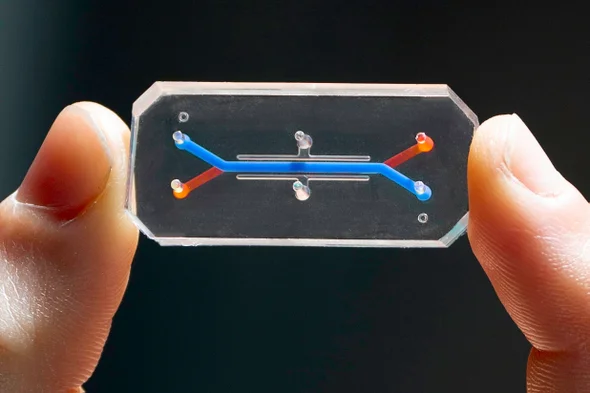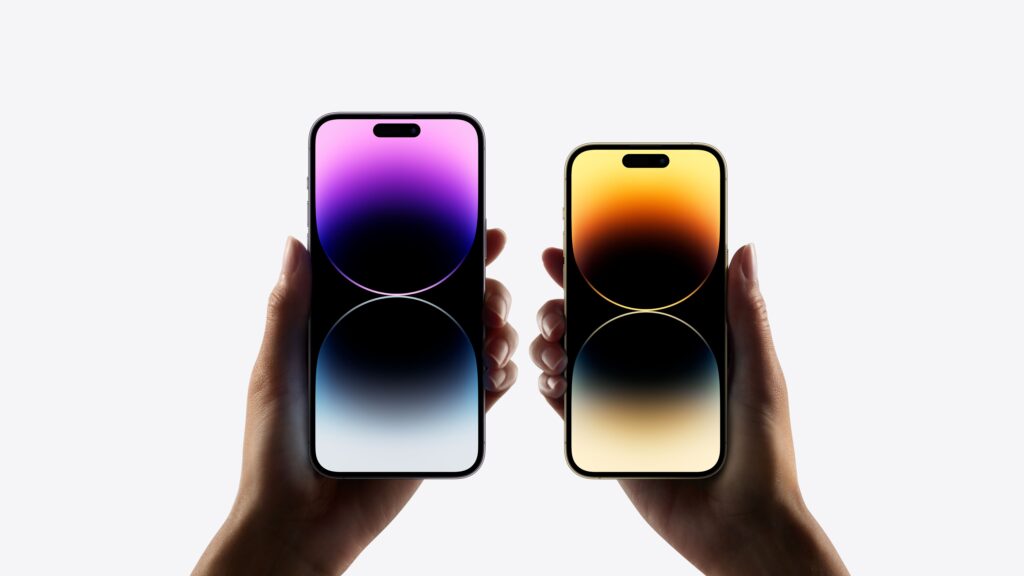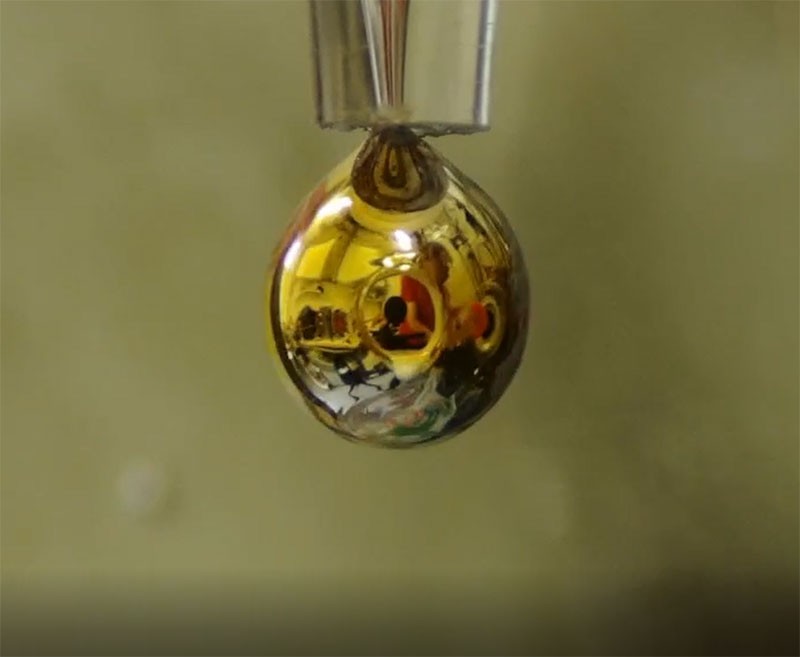Advancements in science & technology has allowed researchers to replicate complex bodily functions like human heart, limbs, bone marrow and even delicate organs like ‘eye’ to reconcile the transplants. The track has left the world here to have first-in-the-world ‘Vagina on a chip’ that takes the duty of a vaginal area to combat bacterial diseases associated with the female reproductive organ.
Vagina is one of the most sensitive areas of a female’s body and vaginal microbiome plays an important role in regulating vaginal health and disease. It has a major impact on prenatal health. Such a subtle body-part often has been a victim to many bacterial diseases causing serious ill-effects.
The Problem – Bacterial Vaginosis (BV)
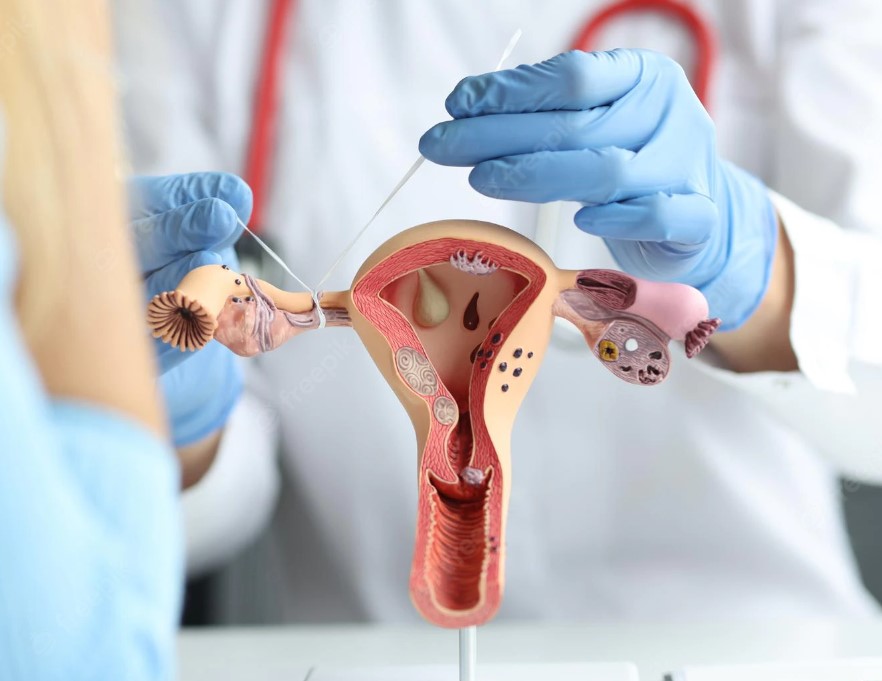
The vaginal microbiome is susceptible to various disruptions caused by bacterial vaginosis (BV) which afflicts nearly 30% of reproductive-aged women around the globe and costs an estimated $4.8 billion to treat annually. BV doubles the risk of many sexually transmitted infections including HIV and is a second-leading cause of death in newborns as it increases risk of pre-term birth.
BV is currently treated with antibiotics, but it often recurs and can lead to more severe complications including pelvic inflammatory disease and even infertility.
Handling BV has fostered researchers to create ‘vagina on a chip’, replicating functions of a vagina to test, analyze and combat vagina-related bacterial diseases.
Conducting the tests on an animal’s vagina wasn’t the same, as human vaginal microbiome is completely different from that of animals. So, researchers were left with no other choice than creating an artificial vagina.
‘Vagina on a Chip’
Researchers at the Wyss Institute at Harvard University in the motive to end BV infections, created ‘vagina on a chip’ – a new organ chip that replicates human vaginal tissue microenvironment including its microbiome in vitro.
Composed of human vaginal epithelium and underlying connective tissue cells, the vagina chip imitates many of the physiological features of the vagina. It can be inoculated with different strains of bacteria to study their effects on the organ’s health, best of all.
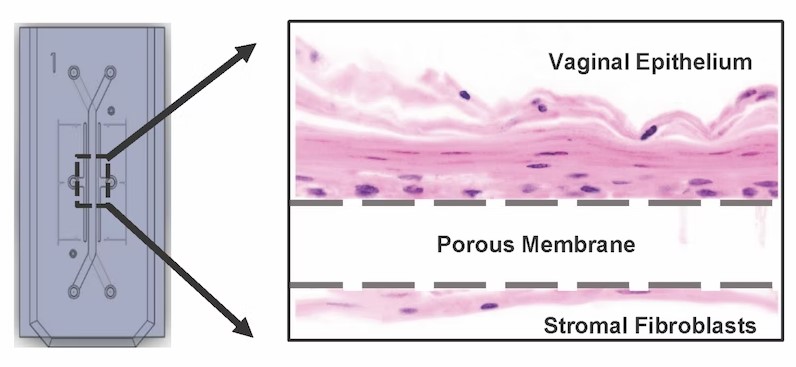
“Our human Vagina Chip offers an attractive solution to study host-microbiome interactions and accelerate the development of potential probiotic treatments,” said first author Gautam Mahajan, Ph.D., a former Wyss Institute researcher.
For making the Vagina-chip, the team used the microfluidic Organ Chip platform developed in the institute and incorporated human vaginal epithelial cells and human uterine fibroblast cells, just like a real-vagina.
After just five days, the Vagina-chip had developed differentiated cells that matched those found in human vaginal tissue. Then, when scientists introduced the female sex hormone estradiol (a form of estrogen) into the chip, they found that the chip’s gene expression patterns change in response, indicating that it was sensitive to hormones.
Hurray! An artificial living model of the human vagina was made!
Related Posts
What Next?
Researchers further tweaked the chip to explore the study of the vaginal microbiome and its many bacteria.
Scientists while experimenting the vagina-chip with several strains of Lactobacillus crispatus bacteria, were surprised to know that these helps to maintain the vagina’s low acidic nature and inhibits the growth of other microbes, by producing lactic acid.
Also, chips with these bacteria produced lower levels of several inflammation-causing cytokine molecules which consistently proves that these microbes help maintain healthy vagina.
And when researchers put bad microbes into the vagina chip, it caused the chips’ pH to increase, damaging vaginal cells.
“It was very striking that the different microbial species produced such opposite effects on the human vaginal cells, and we were able to observe and measure those effects quite easily using our Vagina Chip,” said co-author Abidemi Junaid, a Ph.D., research scientist at the Wyss Institute. The Chip is detailed here.
“The success of these studies demonstrate that this model can be used to test different combinations of microbes to help identify the best probiotic treatments for BV and other conditions.” “We’re hopeful that this new preclinical model will drive the development of new treatments for BV as well as new insight into female reproductive health.” – Don Ingber M.D., Ph.D., Founding Director of the Wyss Institute.
What you think of this feat of science & tech?
(For more such interesting technology and innovative detailing, keep reading The Inner Detail).
